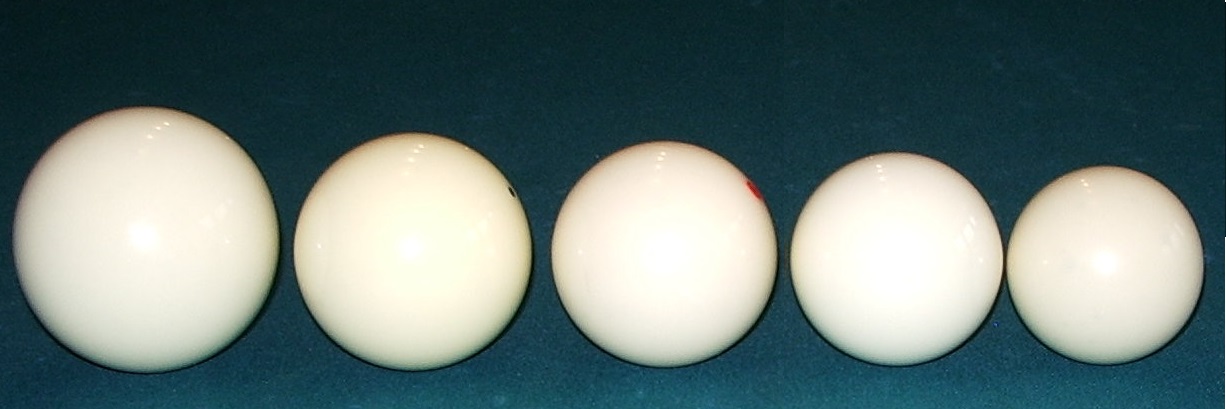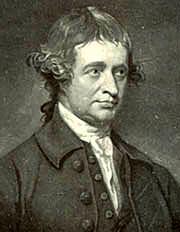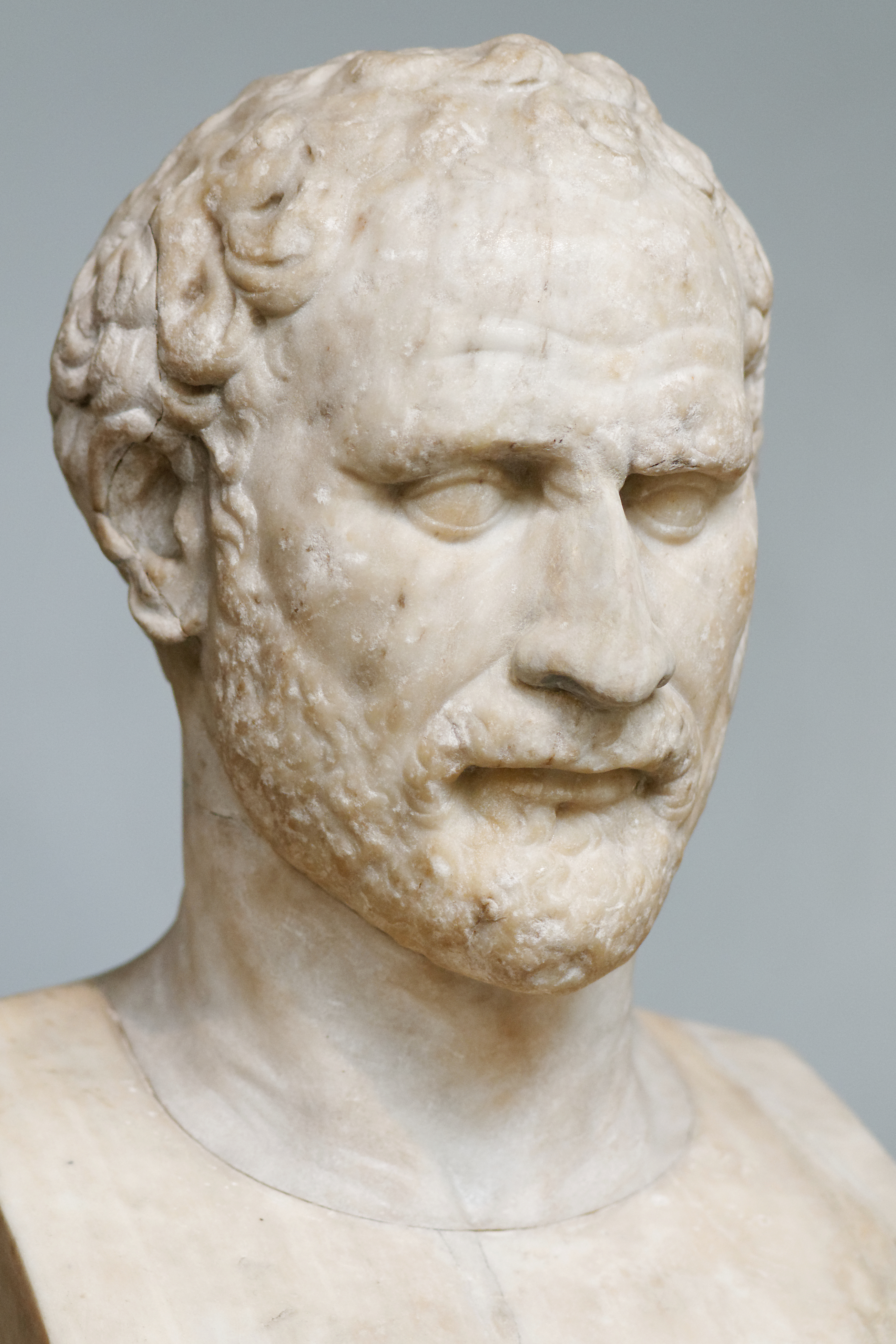|
Graduates' Memorial Building
The Graduates Memorial Building (GMB) is a neo-Gothic Victorian building, in Trinity College Dublin designed by Sir Thomas Drew in 1897. It is home to Trinity College's oldest student societies: the University Philosophical Society (the Phil), the College Historical Society (the Hist) and the College Theological Society (the Theo). Construction and design The Graduates Memorial Building, originally named the ''Graduates' Tercentenary Memorial Building'', was constructed to celebrate three hundred years of Trinity College Dublin's existence. In May 1897, tenders were invited by Trinity College Dublin, to design a replacement for the residential buildings known as Rotten Row. These buildings were almost architecturally indistinguishable from The Rubrics, which stood from circa 1700. Designs were submitted by Robert John Stirling, Thomas Newenham Deane and Sir Thomas Drew, with Drew's being selected. The design of the building is such that it is divided into three houses: Ho ... [...More Info...] [...Related Items...] OR: [Wikipedia] [Google] [Baidu] |
Trinity College Dublin
Trinity College Dublin (), officially titled The College of the Holy and Undivided Trinity of Queen Elizabeth near Dublin, and legally incorporated as Trinity College, the University of Dublin (TCD), is the sole constituent college of the University of Dublin in the Republic of Ireland. Founded by Queen Elizabeth I in 1592 through a royal charter, it is one of the extant seven "ancient university, ancient universities" of Great Britain and Ireland. Trinity contributed to Irish literature during the Georgian era, Georgian and Victorian era, Victorian eras, and areas of the natural sciences and medicine. Trinity was established to consolidate the rule of the Tudor dynasty, Tudor monarchy in Ireland, with Provost (education), Provost Adam Loftus (bishop), Adam Loftus christening it after Trinity College, Cambridge. Built on the site of the former Priory of All Hallows demolished by King Henry VIII, it was the Protestant university of the Protestant Ascendancy, Ascendancy ruling eli ... [...More Info...] [...Related Items...] OR: [Wikipedia] [Google] [Baidu] |
George Ferdinand Shaw
George Ferdinand Shaw (1821 – 19 June 1899) was an Irish academic and journalist who is best remembered as the first editor of ''The Irish Times''. Life Shaw was born in Dublin in 1821, to William and Elizabeth Shaw, and baptized in St. Mary's Church, Dublin (Church of Ireland). He graduated from Trinity College Dublin (TCD) as Senior Moderator in Mathematics in 1844. He was elected a Fellow in 1848, and in 1890 became a Senior Fellow. Early in his career, he obtained permission to accept the appointment as the first Professor of Natural Philosophy at Queen's College, Cork, in 1849, holding that post until 1854.Dr Geoge Ferdinand Shaw obituary But the bulk of his life was ... [...More Info...] [...Related Items...] OR: [Wikipedia] [Google] [Baidu] |
Billiards
Cue sports are a wide variety of games of skill played with a cue stick, which is used to strike billiard balls and thereby cause them to move around a cloth-covered table bounded by elastic bumpers known as . Cue sports, a category of stick sports, may collectively be referred to as billiards, though this term has more specific connotations in some English dialects. There are three major subdivisions of games within cue sports: * Carom billiards, played on tables without , typically ten feet in length, including straight rail, balkline, one-cushion carom, three-cushion billiards, artistic billiards, and four-ball * Pocket billiards (or pool), played on six-pocket tables of seven, eight, nine, or ten-foot length, including among others eight-ball (the world's most widely played cue sport), nine-ball (the dominant professional game), ten-ball, straight pool (the formerly dominant pro game), one-pocket, and bank pool *Snooker, English billiards, and Russian pyra ... [...More Info...] [...Related Items...] OR: [Wikipedia] [Google] [Baidu] |
Educating Rita (film)
''Educating Rita'' is a 1983 British comedy-drama film directed by Lewis Gilbert with a screenplay by Willy Russell based on his 1980 stage play. The film stars Michael Caine, Julie Walters, Michael Williams and Maureen Lipman. It won multiple major awards for best actor and best actress and was nominated for three Academy Awards. Caine and Walters both won BAFTA and Golden Globe awards for best actor and actress. The British Film Institute ranked ''Educating Rita'' the 84th greatest British film of the 20th century. Plot Susan (who initially calls herself Rita), a 26-year-old working-class hairdresser, is dissatisfied with the routine of her work and social life; she is reluctant to have a child, fearing it will tie her to the same monotonous routine for life, and she yearns to escape to something more profound, without exactly knowing what that is. She seeks to better herself by signing up for and attending an Open University course in Literature. Susan's assigned O ... [...More Info...] [...Related Items...] OR: [Wikipedia] [Google] [Baidu] |
Edmund Burke
Edmund Burke (; 12 January [New Style, NS] 1729 – 9 July 1797) was an Anglo-Irish Politician, statesman, journalist, writer, literary critic, philosopher, and parliamentary orator who is regarded as the founder of the Social philosophy, social and Philosophy of culture, cultural philosophy of conservatism.Andrew Heywood, ''Political Ideologies: An Introduction''. Third Edition. (Palgrave Macmillan, 2003), p. 74. Regarded as one of the most influential conservative thinkers and writers, Burke spent most of his political career in Great Britain and was elected as a member of Parliament (MP) from 1766 to 1794 in the House of Commons of Great Britain with the Whig (British political party), Whig Party. His writings and literary publications influenced British conservative thought to a great extent, and helped establish the earliest foundations for modern conservatism and liberal democracy. His writings also played a crucial role in influencing public views and opinions in Britain ... [...More Info...] [...Related Items...] OR: [Wikipedia] [Google] [Baidu] |
Marshall Porter
Andrew Marshall Porter (6 January 1874 – 5 June 1900) was an Irish barrister who was killed in the Second Boer War while fighting for the Imperial Yeomanry. He was also a noted sportsman, representing Ireland at both cricket and field hockey. Born at Donnycarney, Porter was the son of Andrew Marshall Porter senior (later 1st Baronet), a lawyer who was an MP for Londonderry and served variously as Ireland's Solicitor-General, Attorney-General, and Master of the Rolls, and his wife Agnes Horsburgh. The elder Porter sent his son to Harrow School, where he kept wicket for the school's cricket team and was praised by James Lillywhite, a former England captain, as a "very hard hitter".Andrew Marshall Porter – CricketEurope Ireland. Retrieved 8 August 2015. In 1892, he played in the annual match between [...More Info...] [...Related Items...] OR: [Wikipedia] [Google] [Baidu] |
Demosthenes
Demosthenes (; ; ; 384 – 12 October 322 BC) was a Greek statesman and orator in ancient Athens. His orations constitute a significant expression of contemporary Athenian intellectual prowess and provide insight into the politics and culture of ancient Greece during the 4th century BC. Demosthenes learned rhetoric by studying the speeches of previous great orators. He delivered his first judicial speeches at the age of 20, in which he successfully argued that he should gain from his guardians what was left of his inheritance. For a time, Demosthenes made his living as a professional speechwriter ( logographer) and a lawyer, writing speeches for use in private legal suits. Demosthenes grew interested in politics during his time as a logographer, and in 354 BC he gave his first public political speeches. He went on to devote his most productive years to opposing Macedon's expansion. He idealized his city and strove throughout his life to restore Athens' suprema ... [...More Info...] [...Related Items...] OR: [Wikipedia] [Google] [Baidu] |
Epaminondas
Epaminondas (; ; 419/411–362 BC) was a Greeks, Greek general and statesman of the 4th century BC who transformed the Ancient Greece, Ancient Greek polis, city-state of Thebes, Greece, Thebes, leading it out of Spartan subjugation into a pre-eminent position in Greek politics called the Theban Hegemony. In the process, he broke Spartan military power with his victory at Battle of Leuctra, Leuctra and liberated the Messenian helots, a group of Peloponnesian Greeks who had been enslaved under Spartan rule for some 230 years following their defeat in the Third Messenian War ending in 600 BC. Epaminondas reshaped the political map of Greece, fragmented old alliances, created new ones, and supervised the construction of entire cities. He was also militarily influential and invented and implemented several important battlefield tactics. Xenophon, the historian and contemporary, is the main source for Epaminondas's military prowess, and Xenophon describes his admiration for him in h ... [...More Info...] [...Related Items...] OR: [Wikipedia] [Google] [Baidu] |
Stained Glass
Stained glass refers to coloured glass as a material or art and architectural works created from it. Although it is traditionally made in flat panels and used as windows, the creations of modern stained glass artists also include three-dimensional structures and sculpture. Modern vernacular usage has often extended the term "stained glass" to include domestic leadlight, lead light and ''objet d'art, objets d'art'' created from glasswork, for example in the famous lamps of Louis Comfort Tiffany. As a material ''stained glass'' is glass that has been coloured by adding Salt (chemistry), metallic salts during its manufacture. It may then be further decorated in various ways. The coloured glass may be crafted into a stained-glass window, say, in which small pieces of glass are arranged to form patterns or pictures, held together (traditionally) by strips of lead, called cames or calms, and supported by a rigid frame. Painted details and yellow-coloured Silver staining, silver stain ... [...More Info...] [...Related Items...] OR: [Wikipedia] [Google] [Baidu] |
Balcony
A balcony (from , "scaffold") is a platform projecting from the wall of a building, supported by columns or console brackets, and enclosed with a balustrade, usually above the ground floor. They are commonly found on multi-level houses, apartments and cruise ships. Types The traditional Maltese balcony is a wooden, closed balcony projecting from a wall. In contrast, a Juliet balcony does not protrude out of the building. It is usually part of an upper floor, with a balustrade only at the front, resembling a small loggia. A modern Juliet balcony often involves a metal barrier placed in front of a high window that can be opened. In the UK, the technical name for one of these was officially changed in August 2020 to a ''Juliet guarding''. Juliet balconies are named after William Shakespeare's Juliet who, in traditional staging of the play ''Romeo and Juliet'', is courted by Romeo while she is on her balcony—although the play itself, as written, makes no mention of a balcony, ... [...More Info...] [...Related Items...] OR: [Wikipedia] [Google] [Baidu] |
Ionic Order
The Ionic order is one of the three canonic classical order, orders of classical architecture, the other two being the Doric order, Doric and the Corinthian order, Corinthian. There are two lesser orders: the Tuscan order, Tuscan (a plainer Doric), and the rich variant of Corinthian called the composite order. Of the three classical canonic orders, the Corinthian order has the narrowest columns, followed by the Ionic order, with the Doric order having the widest columns. The Ionic capital is characterized by the use of volutes. Ionic columns normally stand on a base which separates the shaft of the column from the stylobate or platform while the cap is usually enriched with egg-and-dart. The ancient architect and architectural historian Vitruvius associates the Ionic with feminine proportions (the Doric representing the masculine). Description Capital The major features of the Ionic order are the volutes of its capital (architecture), capital, which have been the subject of mu ... [...More Info...] [...Related Items...] OR: [Wikipedia] [Google] [Baidu] |
Dublin 2
Dublin 2, also rendered as D2 and D02, is a historic List of Dublin postal districts, postal district on the Southside, Dublin, southside of Dublin, Ireland. In the 1960s, this central district became a focus for office development. More recently, it became a focus for urban residential development. The district saw some of the heaviest fighting during Ireland's Easter Rising. Area profile Dublin 2 lies entirely within the Dublin Bay South (Dáil constituency), Dublin Bay South constituency of the Irish parliament, the Dáil Éireann, Dáil. The postcode consists of most of the southern city centre and its outer edges. It is the most affluent of the four postcodes that make up the bulk of inner city Dublin. The others being D1, D7, and D8. It is also among the most affluent of all 22 traditional Dublin postal districts and is one of the most affluent in the country. Notable places D2 includes Merrion Square, Trinity College Dublin, Trinity College, Temple Bar, Dublin, Temple ... [...More Info...] [...Related Items...] OR: [Wikipedia] [Google] [Baidu] |






